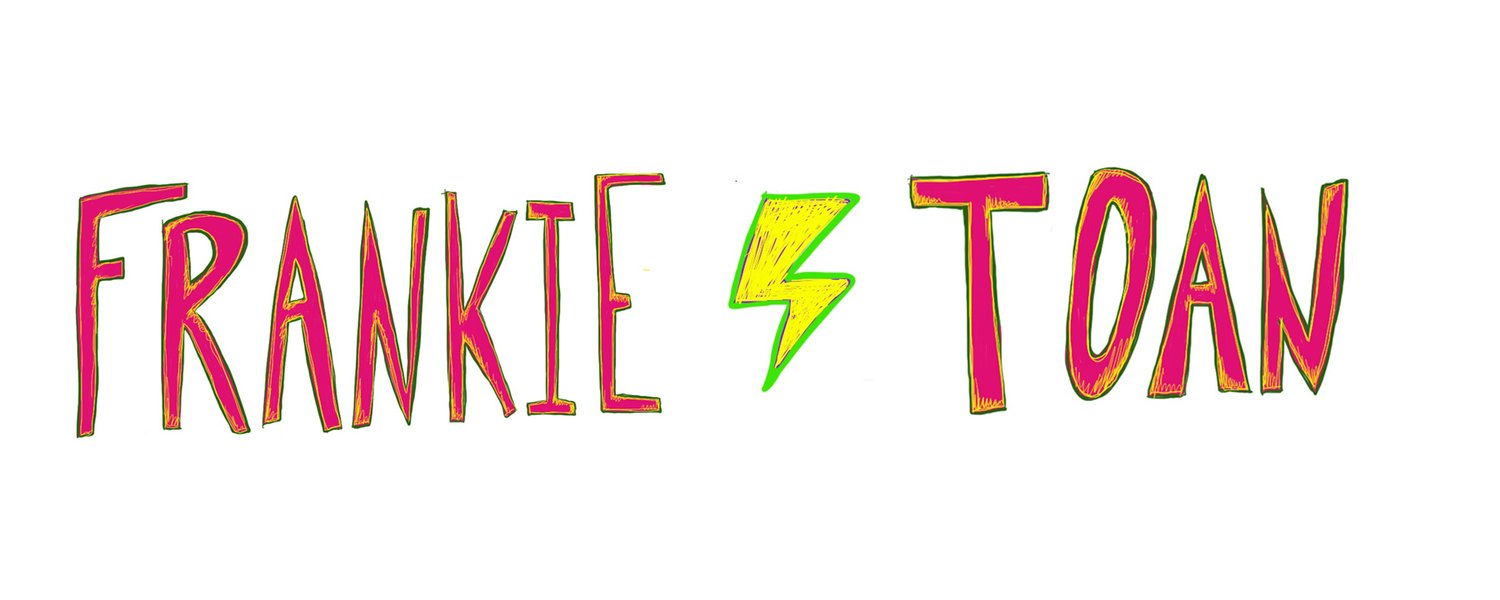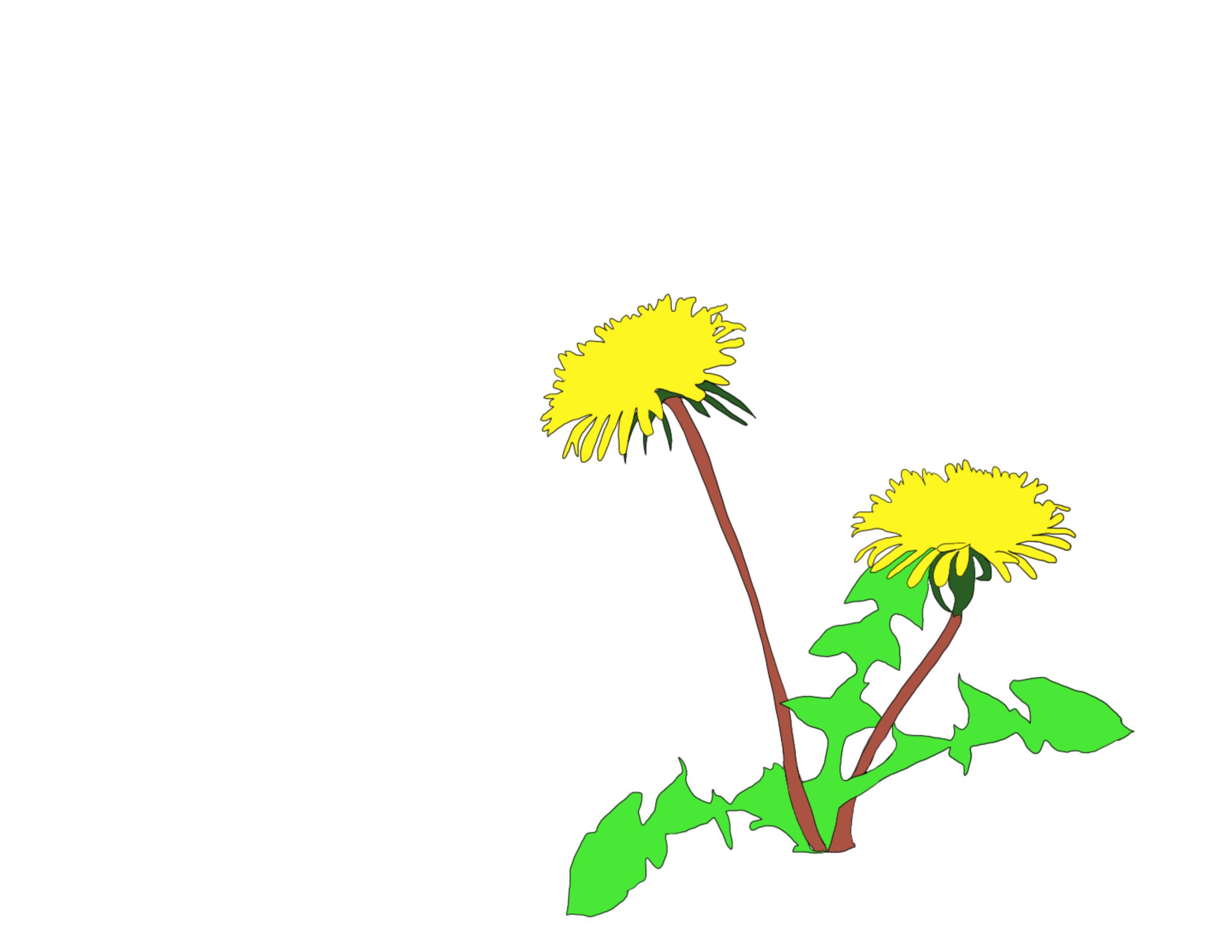Queer Gardens
Queer Gardens is a body of work started in 2019. These images are of 3 pieces in the Queer Gardens series that were on display in fall of 2019 at the Weeks Gallery in Jamestown, NY. They were part of a group exhibition called "Pulling a Thread" curated by Ericka Diamond.
Weeks Gallery, Jamestown, New York 2019
These two pieces in the Queer Gardens series debuted on the summer solstice at Claude Haus in Denver, June 2020.
Claude Haus Summer Solstice, Denver, 2019
In The Weeds is the 4th iteration Queer Gardens, an ongoing body of work that started in 2019. As a continuing project, Queer Gardens uses the location of the garden as a lense from which to question and reimagine such concepts as radical inter-species relationships, collective nourishment, and challenging contemporary conceptions of work and productivity.
As the title suggests, this has been an overwhelming year and a half (2020-21). In The Weeds is an intermingling of select pieces from the larger body of work. I’ve chosen pieces that are somewhat disjointed in concept and material, but tie together larger threads of color, scale, and unruly life in the height of summer. From a gardeners perspective, you can learn a lot by spending time in the weeds.
In the Weeds
My ongoing body of work, Queer Gardens, looks towards ‘the garden’ as a potential site for radical reimaginings of family, work/productivity, time, green space, and nourishment. In the garden we can find our place in interspecies ecosystems of care and sustenance. We can move beyond the human measures of industry, blurring the lines between work and play. While we till and plant, water and mulch we find a direct relationship between our physical labor, space, ecology and future harvest. In the garden there is interdependence.
The third installment of this body of work, Queer Gardens: Lost at Home, necessarily responds to the pandemic. This installation explores the home garden’s indifference to the human (acknowledging deadly pandemic reminders that humans are animals, intricately connected to the natural world). As the scene moves from right to left the manicured tulip garden transitions to a wilder, more unruly place where the non-human ecosystem has reclaimed the garden for itself. There are decorative plants and weeds, pests and beauty. Humans are relegated to the background, as the scale of the plants becomes fantastic-transitioning away from the human scale of things. This is a place that humans can learn from, but we must look critically towards current relationships between humans and the earth, cities and green space, home and garden.
Lost At Home













